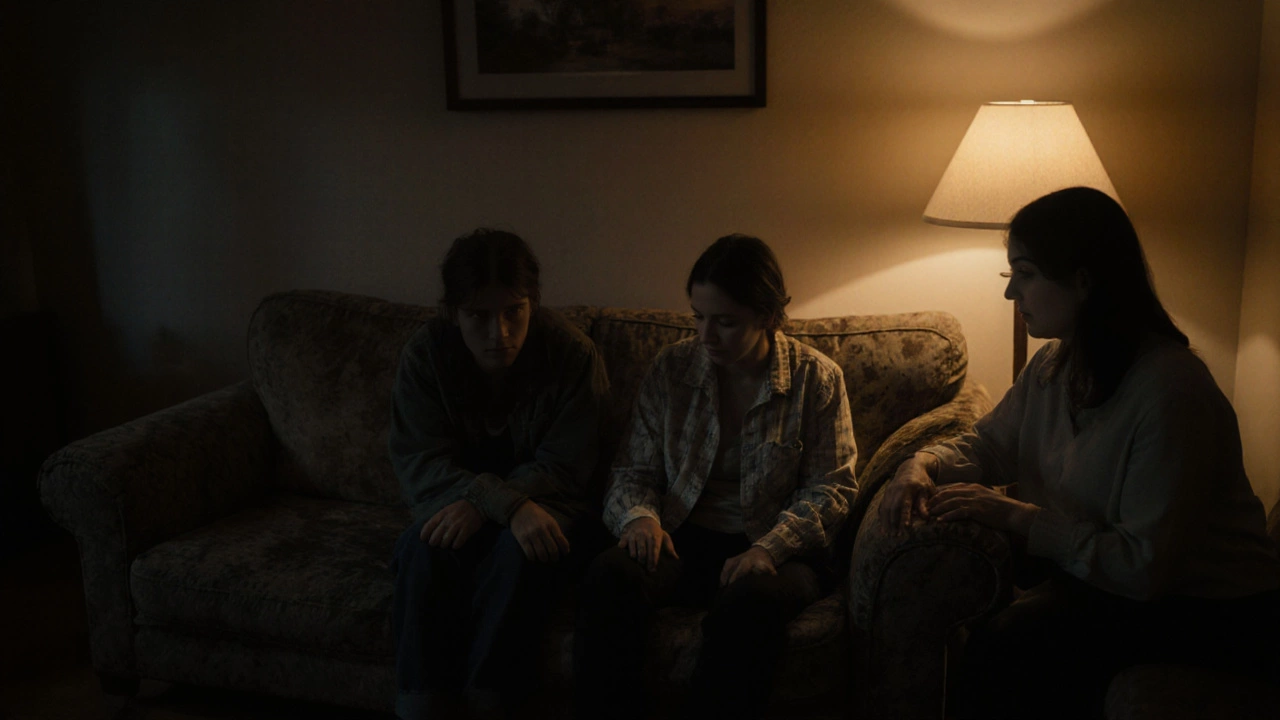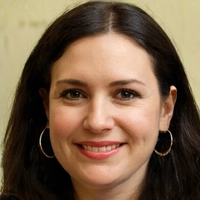Emotional First Aid: How to Heal Emotional Pain When No One Is Watching
When you scrape your knee, you clean it, put on a bandage, and wait for it to heal. But what do you do when your heart hurts? When you feel abandoned, rejected, or crushed by guilt? That’s where emotional first aid, the practice of responding to psychological wounds with immediate, self-directed care. Also known as psychological first aid, it’s not about talking to a therapist—it’s about what you do alone, in the quiet moments, when no one else is around to fix it. Most people ignore emotional pain like it’s a glitch they should just reboot out of. But your brain doesn’t work that way. Studies show that unattended emotional wounds—like rejection, failure, or loneliness—activate the same pain pathways as a broken bone. Left untreated, they grow heavier, dull your motivation, and make everyday life feel like walking through wet concrete.
Emotional pain, the internal distress caused by loss, shame, or isolation doesn’t show up on X-rays, but it shows up in your sleep, your appetite, your focus, and your relationships. You can’t ignore it forever. Emotional first aid means learning how to stop blaming yourself for feeling broken, and instead, start treating yourself like someone you care about. It’s not about positive thinking. It’s about practical steps: how to quiet the inner critic, how to rebuild self-worth after rejection, and how to stop ruminating on the same painful thought for hours. It’s also about recognizing when emotional pain has turned into something deeper—like chronic anxiety or depression—and knowing when to reach for professional help instead of just pushing through.
Related tools like emotional resilience, the ability to bounce back from setbacks without long-term damage aren’t built overnight. They’re built one small act of self-kindness at a time. That might mean writing down three things you did well today, even if you feel like a failure. Or deleting a toxic contact from your phone. Or giving yourself permission to rest when your mind is exhausted. These aren’t fluffy self-help tips—they’re evidence-based actions used in clinical settings to prevent emotional wounds from becoming chronic.
You’ll find real stories here—not theory. People who lost their jobs and learned how to stop beating themselves up. People who survived betrayal and rebuilt trust in themselves first. People who felt invisible and found ways to reconnect with their own worth. These aren’t miracles. They’re methods. And you don’t need money, a therapist, or a perfect life to start using them today. The posts below give you the exact steps, the mistakes to avoid, and the quiet wins that actually move the needle. No fluff. No platitudes. Just what works when you’re hurting and need to heal.

